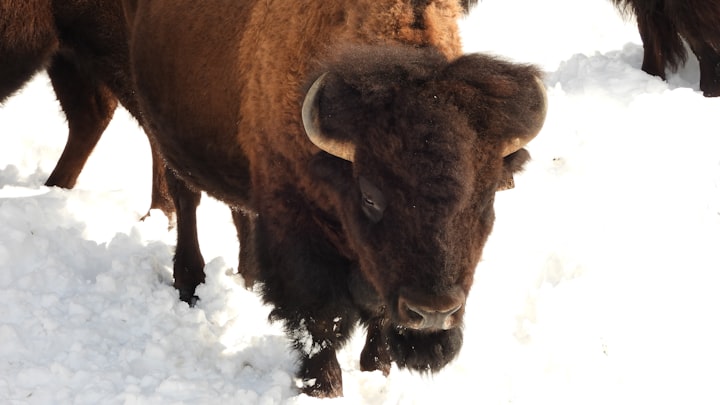The Venomous World Down Under
Exploring Australia's Deadly Creatures

Australia is home to a unique array of deadly creatures that have adapted to thrive in its harsh and unforgiving landscapes. From venomous snakes and spiders to toxic lizards and octopuses, these creatures possess some of the most potent venoms on Earth. In this article, we delve into the world of Australia's deadliest inhabitants, shedding light on their unique adaptations and lethal abilities.
**Inland Taipan: The Desert's Stealthy Assassin**
Hidden in the heart of the Australian outback, the inland taipan reigns as the world's most venomous land snake. With its slender two-meter-long body, it possesses venom potent enough to kill a quarter of a million mice with just one bite. The snake's coloration adapts to the harsh desert environment, ranging from pale hues in summer to dark tones in winter. Despite its fierce reputation, the inland taipan is a reclusive creature, seeking refuge in the crevices of baked earth and preying primarily on the long-haired rat. The snake's eggs, about a dozen in number, hatch into juvenile snakes equipped with venom similar in toxicity to that of adults.
**Gila Monster: A Venomous Lizard's Ritualistic Combat**
North America boasts its own venomous reptile, the gila monster, the largest land lizard in the region. Stocky and sluggish, these lizards possess venom glands that release toxins as they chew down on their prey. Unlike snakes, they engage in ritualistic wrestling matches rather than outright combat. These matches appear to test their strength and endurance. The gila monster's venom serves mainly for defense, protecting it from predators in the rocky foothills and scrublands it inhabits. While they seldom use their venom for hunting, it can be a powerful asset when needed.
**Blue Ringed Octopus: Deadly Beauty in the Pacific Waters**
In the Pacific Ocean's shallows resides the blue-ringed octopus, a small creature with striking iridescent blue rings that serve as both a hunting display and a warning signal. While its venom is relatively harmless to its main prey, crabs, it possesses a secondary venom that can be lethal to humans. A single milligram of its neurotoxin, tetrodotoxin, can kill an adult. These octopuses utilize their venom to paralyze and subdue prey, demonstrating remarkable predatory instincts and vibrant color changes.
**Red Back Spider: Deadly Webs and Venomous Bites**
The red back spider, a close relative of the infamous black widow, is another of Australia's venomous creatures. Their distinctive gum-footed tangle webs are feats of engineering used for capturing prey and protecting their hundreds of offspring. While their venom is highly toxic, the small size of their fangs means only a fraction of it is typically delivered during a bite. The venom is not used exclusively for prey capture; red back spiders also use it to fend off predators and protect their nests. Despite their venomous nature, effective anti-venom has minimized human fatalities.
**Sydney Funnel Web: A Deadly Hunter of the Night**
The Sydney funnel web spider is known for its aggression and potent venom. Its downward-pointing fangs can pierce even human fingernails, and its venom is among the most toxic of any spider's. While funnel webs primarily hunt insects, small lizards, and frogs, their bites can be life-threatening to humans. Their mating ritual is particularly perilous, often leading to the male's death shortly after insemination. Despite their lethal reputation, funnel webs play a vital role in their ecosystem by controlling insect populations.
In conclusion, Australia's unique biodiversity has given rise to some of the world's most venomous creatures. These creatures have evolved potent venoms for various purposes, ranging from hunting to defense. Understanding their behaviors and adaptations not only sheds light on the fascinating world of deadly animals but also underscores the importance of conserving their habitats and coexisting responsibly with these remarkable inhabitants of the wild Down Under.






Comments
There are no comments for this story
Be the first to respond and start the conversation.